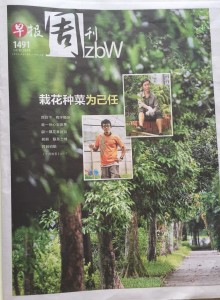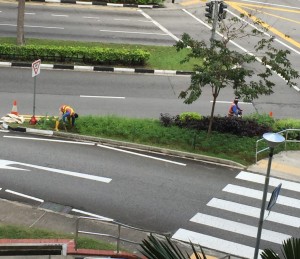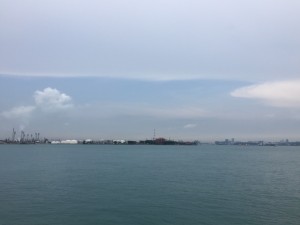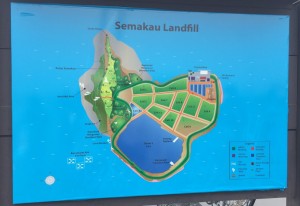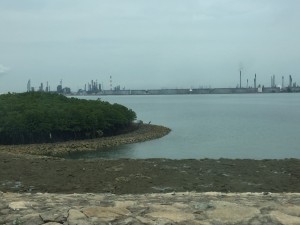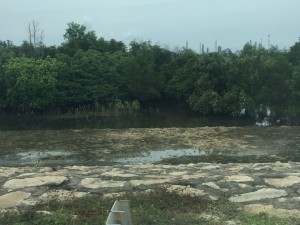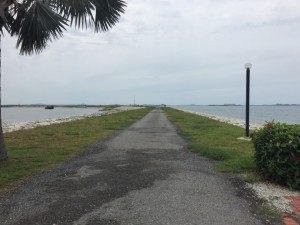Hey there!
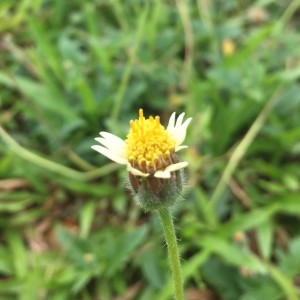 Just a few months ago, I wasn’t as environmentally-conscious as I am now. I didn’t know how drastic some of my consumption patterns could impact the environment. However, through this module, I have learnt so much about the impacts of our actions and the urgency for a change in the way we live. Through small actions in our daily lives like bringing our own lunch boxes to takeaway food, we can do our part in ensuring that damage to the environment can be reduced.
Just a few months ago, I wasn’t as environmentally-conscious as I am now. I didn’t know how drastic some of my consumption patterns could impact the environment. However, through this module, I have learnt so much about the impacts of our actions and the urgency for a change in the way we live. Through small actions in our daily lives like bringing our own lunch boxes to takeaway food, we can do our part in ensuring that damage to the environment can be reduced.
People were shocked by my drastic change in the way I live which of course lead to doubts regarding the genuity of my actions. There are times which I am disheartened when people just dismiss my behaviour. If I cannot influence the people whom I am close to (my family and friends), how am I going to influence others and make a positive change for the environment?
This brings to the topic of influence.
For the past 3 months, I have brought up some of the development, benefits and issues regarding the greenery in Singapore. Throughout my blogging journey, there have been many times that I question myself. I have spoken a lot about the issues we face, how we prioritize artificial greenery over natural sites, how certain ecologically valuable sites have to make way for development…
But I wonder, what gives me the right to speak up and influence others? As someone who still has a lot of learn, do I really have the power to make a change for the better?
What exactly can I do as an Environmental Studies student?
What exactly can we do as Singaporeans?
Some people feel that they do not have the power or the ability to protect our sites. After all, it is usually the authorities or the higher-ups who would have the final say in the usage of the land. But the very fact is, they do listen to us. As leaders, they have to listen to our needs. We are the ones who would influence their actions. The most prominent example would be Chek Jawa. If not for the public’s opposition, awareness would not have been created about the beauty of this site and Chek Jawa could possibly be gone due to reclamation by now.
This brings me back to what Dr Peter Ng have mentioned during the talk last Monday: If people do care and love these natural sites, there is no need to worry because it is unlikely that they will be taken away.
This is the power of our voice. This collective voice is the very basis of influence. Only then can progress be made to protect these natural sites and move towards a ‘truly green Singapore’.
Right now the best thing we can do is to come together to speak up when we see a plan that we know would damage the environment. It all comes down to knowing what is the right thing to do.
Don’t be afraid to be speak up.
Cheers!
♣ Johanah

